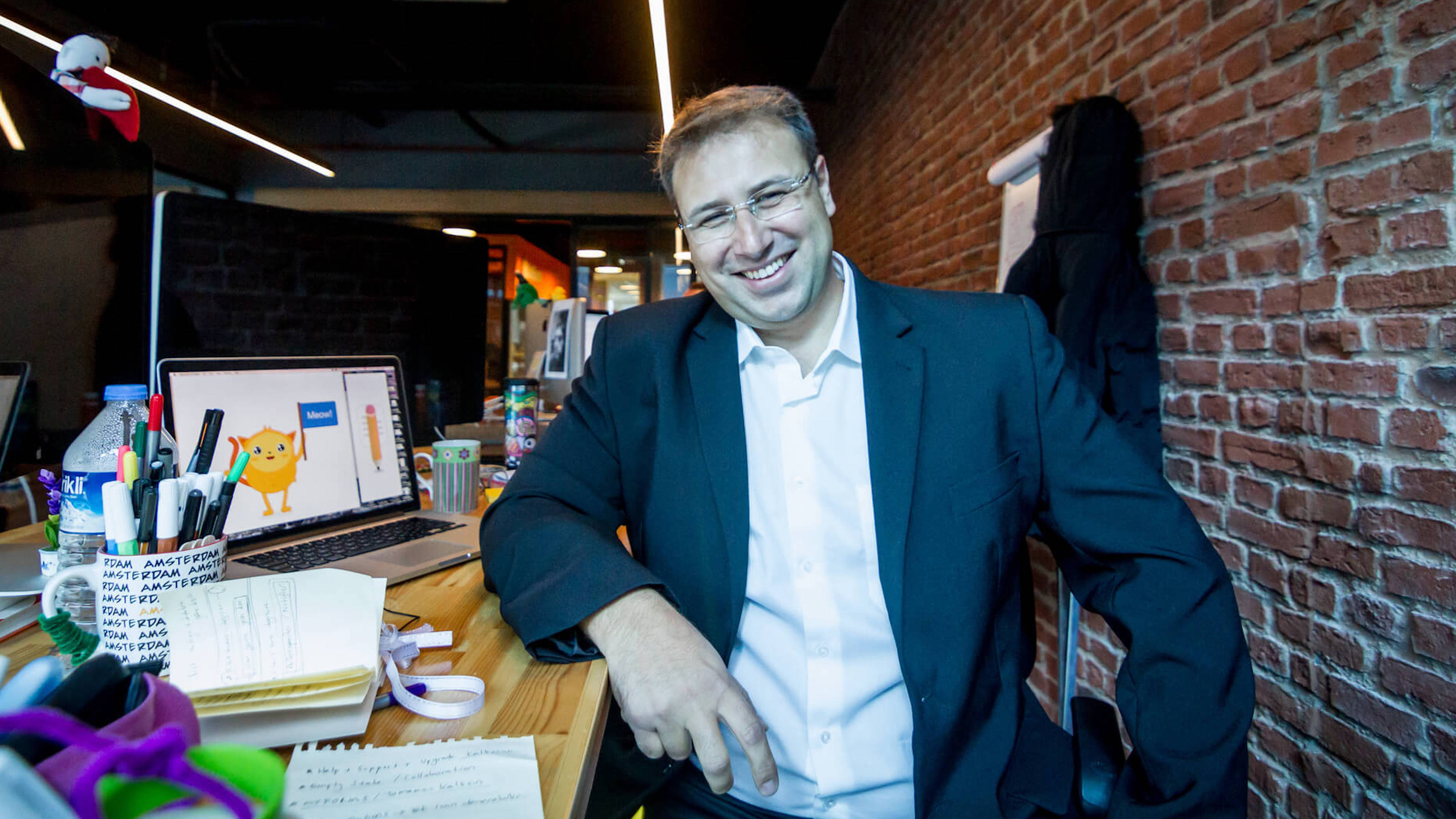Recap on NYAS: Science Communication at a Crossroads
About a 100 attendees turned out for Thursday night’s talk at the New York Academy of Sciences. The event marked the end of a year long series on science communication that was launched by Kate Seip, Liz Oswald, and other New York-area graduate students in partnership with the Academies.
As I mentioned at the outset of my talk, the series offers a unique model to be reproduced in major cities with well developed institutional science hubs such as San Francisco and Chicago. Already, a similar prototype exists in Seattle through the work of students at FOSEP and the University of Washington.
To cap off the year long series, I wanted to leave attendees with a few central principles that should inform thinking about science communication and various strategies for more effective public engagement. I’ve often talked about these principles at this blog, in various talks, and I have written about them most notably in articles at Science and The Scientist. As I posted last week, my friend Dietram Scheufele and I are expanding on these research-based conclusions in a big picture essay that we will have more news on soon.
In short, too much of the discussion about science communication continues to be based on a decades old false narrative that blames conflict and bad decision making on public ignorance. This myth of science illiteracy as culprit–paired with similar hyperbolic claims about “a rising tide of anti-science”–continues to distract scientists, advocates, journalists, and organizations from more effective public engagement. Worse, as applied in the case of the New Atheist movement, the false assumptions likely do further damage to the cause of public outreach.
In sharp contrast to these decades-old stereotypes about the public, research and evidence points to the following conclusions. Building public engagement efforts around these assumptions rather than false premises would be a major leap forward.
1. Research shows that science literacy has very little to do with public support, trust, perceptions, respect, or deference to scientific expertise.
2. In American society, scientific organizations enjoy almost unrivaled respect, authority, and hold great communication capital but need to learn to use this communication capital wisely and effectively.
3. Specifically, when an area of science spills into the wider public eye, science organizations need to provide messages that emphasize shared common values and personal relevance rather than make it easy for people to re-interpret science in terms of false conflict, complexity, or uncertainty. When science organizations fail to do this, they cede public communication to rival groups who seek to promote these interpretations.
4. Through public dialogue and consultation initiatives, science organizations need to empower citizens to participate in collective decisions but need to be prepared for citizen decisions to cut against the self-interests of science.




